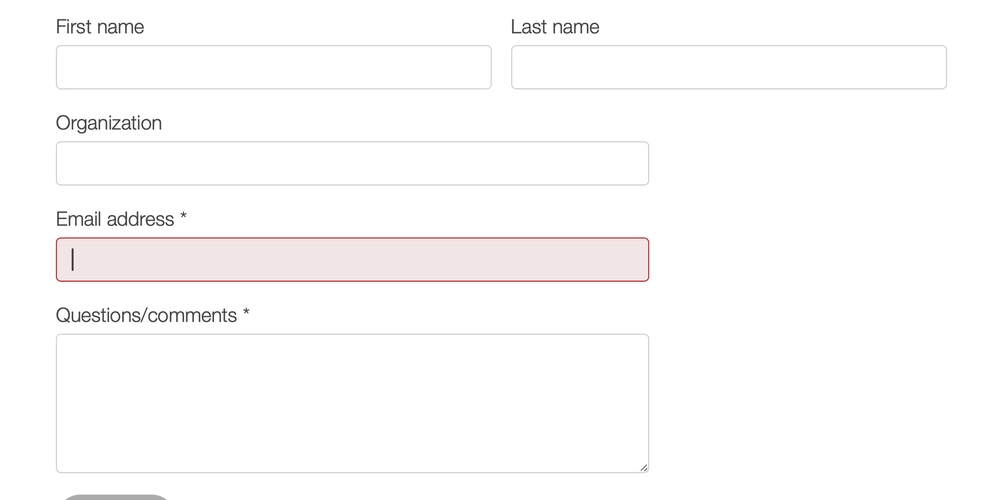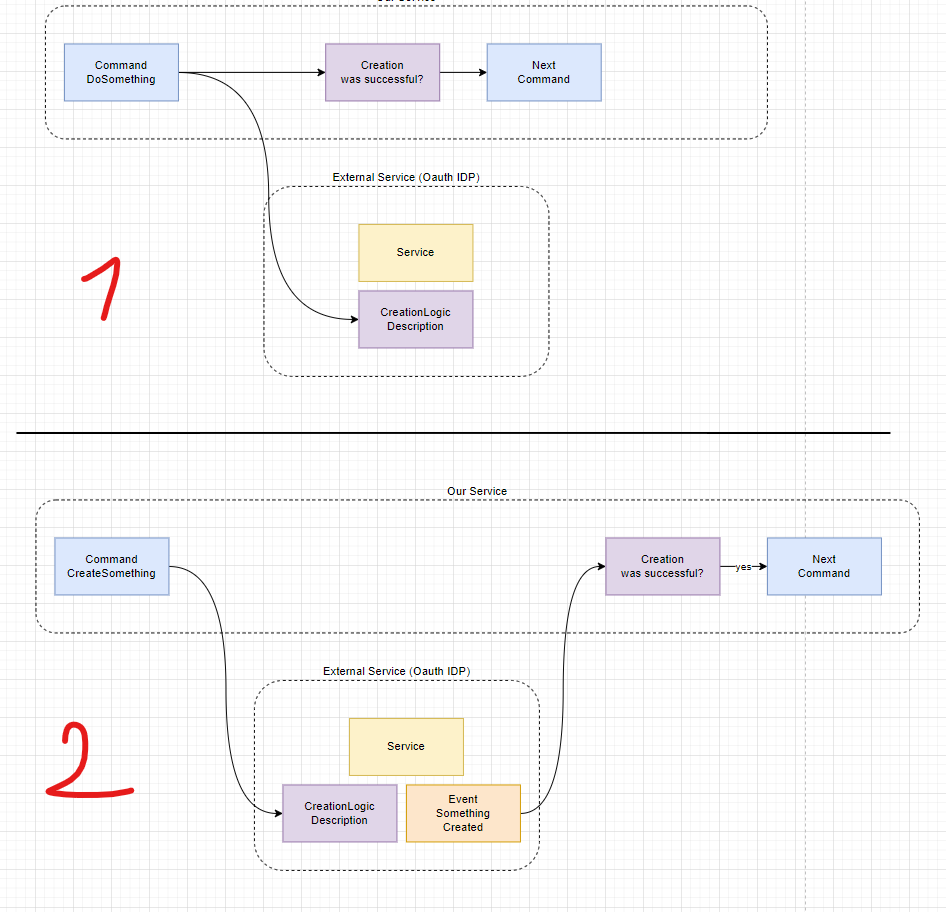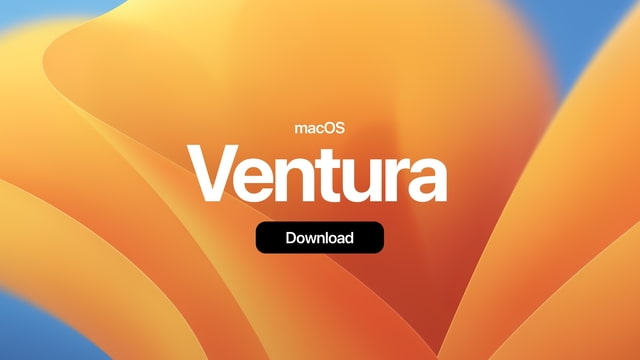What is Apache Lucene? Unveiling the Open Source Business Model, Funding, and Community
Abstract: This post explores Apache Lucene, one of the world’s leading high-performance text search libraries. We delve into its history, licensing under Apache 2.0, funding strategies, community engagement, and technical capabilities. In addition to elaborating on Lucene’s open source business model, we discuss real-world applications, challenges, and future trends. Through tables, bullet lists, and insightful comparisons, the post highlights why Apache Lucene remains a cornerstone in search technology and open source innovation, with cross-references to related projects and authoritative resources. Introduction Apache Lucene stands at the forefront of search engine libraries that power countless applications worldwide. This high-performance text search tool exemplifies the strength of open source development—blending innovative engineering with robust community support and clear licensing. In today’s data-driven economy, an efficient search engine is key to unlocking insights from massive volumes of textual information. By integrating the Apache License 2.0 and a transparent funding model, Apache Lucene has emerged as an indispensable component in the arsenal of developers, enterprises, and tech startups alike. In this post, we discuss the origins of Apache Lucene, examine its open source business model, delve into its funding dynamics, and explore its position within the broader ecosystem of search and data technologies. We also provide practical examples of its applications and an outlook on emerging trends such as decentralized funding models influenced by blockchain. Whether you are a developer, a tech entrepreneur, or simply curious about open source successes, this overview offers a comprehensive insight into Lucene’s legacy and future. Background and Context Apache Lucene’s journey began as a research project before evolving into a flagship project under the Apache Software Foundation (ASF). Known for its modular design, flexibility, and exceptional performance, Lucene has played a pivotal role in shaping search technology infrastructure. The project’s evolution can be traced through its GitHub repository on Apache Lucene GitHub, where contributions are welcomed from an international community of developers. Key Historical Points Origins: Initially created as a research project, Lucene rapidly gained recognition for its high performance and flexibility. Growth: Its success inspired complementary projects like Apache Solr and Elasticsearch. While these projects add distributed search and advanced features, Lucene remains the core engine powering full-text search functionalities. Open Source Philosophy: Apache Lucene is built on the principles of transparency, collaborative innovation, and a transparent governance model that empowers community involvement. The integration of Lucene into diverse products and systems stands as a testament to its versatility. Organizations across industries use Lucene for content management, enterprise search, and large-scale data analysis. Ecosystem Context Lucene is part of a larger ecosystem maintained by the Apache Software Foundation. With clear governance and a meritocratic approach, the ASF supports not only Lucene but a whole suite of projects that promote open source sustainability. This model has inspired similar initiatives in other domains, including blockchain-based systems for open source funding—an avenue discussed on resources like License Token’s open source sustainability page. Core Concepts and Features Apache Lucene is built with a focus on simplicity and high performance. Let’s explore the salient features and how they align with the wider open source business model. Technical Features High Performance Indexing and Search: Lucene efficiently indexes huge volumes of text, providing rapid search responses. This is achieved through finely tuned algorithms and data structures. Modularity: Its design allows for extensive customization. Developers can integrate Lucene into a wide array of applications, tailoring it to their specific requirements. Robust API: The well-documented APIs facilitate quick integration and scalability. Lucene’s modularity enables it to serve as the backbone for other search platforms like Solr and Elasticsearch. Apache License 2.0: This permissive license allows the software to be modified, integrated, and distributed—even in proprietary products—thus driving broad adoption and continuous innovation. Open Source Business Model Apache Lucene’s sustainability can be attributed to its well-defined business model. This model is built upon: Community-Driven Development: Volunteers, experienced developers, and corporate sponsors contribute code, report issues, and suggest improvements. This collaborative framework accelerates innovation. Funding Diversity: Funding comes through multiple channels such as: Corporate Sponsorshi

Abstract:
This post explores Apache Lucene, one of the world’s leading high-performance text search libraries. We delve into its history, licensing under Apache 2.0, funding strategies, community engagement, and technical capabilities. In addition to elaborating on Lucene’s open source business model, we discuss real-world applications, challenges, and future trends. Through tables, bullet lists, and insightful comparisons, the post highlights why Apache Lucene remains a cornerstone in search technology and open source innovation, with cross-references to related projects and authoritative resources.
Introduction
Apache Lucene stands at the forefront of search engine libraries that power countless applications worldwide. This high-performance text search tool exemplifies the strength of open source development—blending innovative engineering with robust community support and clear licensing. In today’s data-driven economy, an efficient search engine is key to unlocking insights from massive volumes of textual information. By integrating the Apache License 2.0 and a transparent funding model, Apache Lucene has emerged as an indispensable component in the arsenal of developers, enterprises, and tech startups alike.
In this post, we discuss the origins of Apache Lucene, examine its open source business model, delve into its funding dynamics, and explore its position within the broader ecosystem of search and data technologies. We also provide practical examples of its applications and an outlook on emerging trends such as decentralized funding models influenced by blockchain. Whether you are a developer, a tech entrepreneur, or simply curious about open source successes, this overview offers a comprehensive insight into Lucene’s legacy and future.
Background and Context
Apache Lucene’s journey began as a research project before evolving into a flagship project under the Apache Software Foundation (ASF). Known for its modular design, flexibility, and exceptional performance, Lucene has played a pivotal role in shaping search technology infrastructure. The project’s evolution can be traced through its GitHub repository on Apache Lucene GitHub, where contributions are welcomed from an international community of developers.
Key Historical Points
- Origins: Initially created as a research project, Lucene rapidly gained recognition for its high performance and flexibility.
- Growth: Its success inspired complementary projects like Apache Solr and Elasticsearch. While these projects add distributed search and advanced features, Lucene remains the core engine powering full-text search functionalities.
- Open Source Philosophy: Apache Lucene is built on the principles of transparency, collaborative innovation, and a transparent governance model that empowers community involvement.
The integration of Lucene into diverse products and systems stands as a testament to its versatility. Organizations across industries use Lucene for content management, enterprise search, and large-scale data analysis.
Ecosystem Context
Lucene is part of a larger ecosystem maintained by the Apache Software Foundation. With clear governance and a meritocratic approach, the ASF supports not only Lucene but a whole suite of projects that promote open source sustainability. This model has inspired similar initiatives in other domains, including blockchain-based systems for open source funding—an avenue discussed on resources like License Token’s open source sustainability page.
Core Concepts and Features
Apache Lucene is built with a focus on simplicity and high performance. Let’s explore the salient features and how they align with the wider open source business model.
Technical Features
- High Performance Indexing and Search: Lucene efficiently indexes huge volumes of text, providing rapid search responses. This is achieved through finely tuned algorithms and data structures.
- Modularity: Its design allows for extensive customization. Developers can integrate Lucene into a wide array of applications, tailoring it to their specific requirements.
- Robust API: The well-documented APIs facilitate quick integration and scalability. Lucene’s modularity enables it to serve as the backbone for other search platforms like Solr and Elasticsearch.
- Apache License 2.0: This permissive license allows the software to be modified, integrated, and distributed—even in proprietary products—thus driving broad adoption and continuous innovation.
Open Source Business Model
Apache Lucene’s sustainability can be attributed to its well-defined business model. This model is built upon:
- Community-Driven Development: Volunteers, experienced developers, and corporate sponsors contribute code, report issues, and suggest improvements. This collaborative framework accelerates innovation.
-
Funding Diversity: Funding comes through multiple channels such as:
- Corporate Sponsorships: Many tech giants and startups contribute financially.
- Individual Donations: Supporters often fund Lucene directly.
- In-Kind Contributions: Companies allocate developer time and other resources to support Lucene’s evolution.
- Transparent Governance: The project’s decision-making process is public and meritocratic, fostering trust among contributors and sponsors.
Below is a bullet list summarizing key elements of the Apache Lucene business model:
- Open Contribution Model: Encourages contributions from across the globe.
- Diverse Funding Streams: Combines corporate sponsorship, grants, and individual support.
- Meritocratic Governance: Decisions are made based on contribution quality and community input.
- Integrated Licensing: The Apache License 2.0 ensures legal clarity and permissiveness.
- Robust Ecosystem: Benefits from integration into multiple complementary projects.
Comparison Table: Apache Lucene vs. Related Technologies
| Feature | Apache Lucene | Apache Solr | Elasticsearch |
|---|---|---|---|
| Core Functionality | Text indexing and search | Enhanced search & UI | Distributed search, real-time analytics |
| Modularity | High – base library | Moderate – built on Lucene with extra features | High – user-friendly integration with additional clusters |
| Licensing | Apache License 2.0 | Apache License 2.0 | Apache License 2.0 |
| Target Use Cases | Custom search applications | Enterprise search | Scalable analytics in distributed systems |
This table highlights how Apache Lucene, despite its minimalistic design, serves as the foundation for more feature-rich platforms.
Applications and Use Cases
Apache Lucene’s robust capabilities have led to its widespread adoption across numerous industries. Below are a few practical use cases showcasing its real-world implementation:
Content Management Systems
Organizations with massive libraries of documents use Apache Lucene to index and search content seamlessly. For example, news aggregation platforms implement Lucene to deliver timely and relevant news articles through efficient text searches.
Enterprise Search Solutions
Many enterprises integrate Lucene into their internal applications to enable quick retrieval of structured and unstructured data. By utilizing Lucene’s API and modularity, companies can build tailored search solutions that enhance productivity and data accessibility. Large-scale content management systems often credit the Apache Lucene open source business model for reducing operational costs while achieving reliable performance.
Integrated Data Analytics
In the realm of big data, Lucene’s indexing capabilities are critical. Search platforms that rely on Lucene can process large datasets in real time, facilitating advanced analytics. This is particularly valuable in sectors such as e-commerce where real-time user queries impact revenue optimization.
Challenges and Limitations
While Apache Lucene stands as a robust tool, the project also faces several challenges that influence its development and adoption:
Technical Challenges
- Scalability Limits: Although Lucene is designed for high performance, scaling it seamlessly in extremely distributed environments can require additional layers (as implemented in Elasticsearch).
- Customization Complexity: Its modular nature, while powerful, can be challenging for developers who are not familiar with its advanced APIs.
- Integration Overhead: Integrating Lucene into a larger ecosystem may necessitate additional work to ensure seamless interoperability with other systems.
Adoption Challenges
- Funding Sustainability: Despite its diversified funding model, open source projects often struggle to secure continuous financial support. This challenge is similar to those faced by other open source initiatives which are exploring decentralized funding models—as seen in discussions on License Token’s novel NFT-based funding approaches.
- Community Coordination: Coordinating a global community of developers presents governance challenges. Maintaining a transparent, inclusive process is not always straightforward.
- Competitive Landscape: Competing projects like Apache Solr and Elasticsearch continuously evolve, and staying competitive requires ongoing innovation and community engagement.
Future Outlook and Innovations
Looking ahead, Apache Lucene is well-positioned to capitalize on emerging trends in open source funding and technological advancements.
Enhanced Funding Models
Many open source projects are experimenting with blockchain and NFT-based funding mechanisms. Although Apache Lucene currently relies on traditional funding streams, leveraging concepts from projects like world of women NFT collections could further diversify revenue streams. Future initiatives may see hybrid funding approaches that blend corporate grants with decentralized community funding.
Integration with Emerging Technologies
The evolution of big data and analytics, coupled with the rise of AI and machine learning, opens new avenues for Lucene. Integrating with AI-driven analytics platforms can further enhance the search capabilities of Lucene. Novel uses may include semantic search and natural language processing modules that drive greater user relevance.
Community and Governance Innovations
As digital collaboration becomes more complex, Apache Lucene may adopt innovative governance structures using decentralized decision-making. Initiatives like Arbitrum and community governance provide insights into how open source projects can reliably manage community contributions and ensure long-term sustainability.
Predicted Trends
- Hybrid Funding Streams: Combination of corporate sponsorship, traditional grants, and blockchain-based token models.
- Advanced Search Algorithms: Adoption of AI-based indexing and adaptive search methodologies.
- Stronger Community Platforms: Expanded forums, workshops, and hackathons are expected to encourage deeper collaboration and faster innovation cycles.
Below is a bullet list summarizing future trends:
- Decentralized Funding: Incorporation of blockchain-based models for transparency and robust financial support.
- AI Integration: Enhanced search capabilities using machine learning and natural language understanding.
- Community Empowerment: More inclusive governance and development workshops to nurture new talent.
- Hybrid Infrastructures: Seamless integration with enterprise platforms to bolster scalability and performance.
- Open Collaboration: Continued collaboration between corporate sponsors and independent developers to maintain innovation pace.
Summary
Apache Lucene represents the epitome of open source ingenuity, combining high performance search capabilities with a transparent business model. Its evolution from a modest research project to a critical component in global search infrastructures underscores the power of community-driven development and diverse funding mechanisms. The usage of the Apache License 2.0 ensures maximum flexibility, allowing Lucene to be integrated across a range of commercial and open source projects.
We have explored Lucene’s core concepts, technical features, and business strategies, compared it with similar platforms, and highlighted practical examples that range from content management to enterprise search applications. Challenges such as scalability and funding sustainability exist, but the outlook is promising—with advancements in AI, blockchain funding mechanisms, and innovative governance likely to drive further successes.
For those who wish to explore more, the Apache Lucene official website and its related pages on GitHub provide additional resources and community discussions. The comprehensive Original Article further clarifies the open source business model and funding strategies behind Apache Lucene.
Additional Perspectives from the Developer Community
The integration of community perspectives is key to understanding the real-world impact of open source projects. Contributors on platforms like Dev.to have highlighted how distributed governance is fundamentally reshaping open source funding models. Similarly, discussions on GitHub Sponsors further emphasize the importance of transparency and community empowerment in projects similar to Apache Lucene.
These insights reaffirm that the success of open source solutions lies not just in their technical capabilities, but also in fostering a supportive and coordinated developer ecosystem. Using secure funding channels and decentralized governance mechanisms will likely pave the way for enhanced innovation in projects like Apache Lucene, ensuring that they remain relevant in an increasingly competitive technological landscape.
Conclusion
Apache Lucene is more than just a search engine library – it is a testament to the perseverance, creativity, and collaborative spirit of the open source community. Its journey from a research project to a critical component of modern search and data analysis solutions showcases the power of community-driven development combined with transparent licensing and diversified funding models.
Through detailed analysis in this post, we have covered Apache Lucene’s background, core features, and the innovative business strategies that drive its continuous evolution. Real-world applications demonstrate its practical value, while emerging trends in AI and decentralized funding promise exciting opportunities ahead. With strategic advancements, Apache Lucene is poised to continue powering high-performance search technologies and inspire future open source projects.
For more insights and updates on open source funding models and search engine innovations, follow related discussions on License Token’s website and explore authoritative resources provided by the Apache Software Foundation. As the developer community continues to leverage these technologies, the future of open source remains bright—anchored by projects like Apache Lucene that blend technical excellence with community engagement.
In summary, Apache Lucene’s robust technology, combined with its innovative business model and community-driven approach, offers essential lessons in software sustainability and open source innovation. The ongoing integration of emerging technologies and decentralized funding models heralds a new era for search infrastructures, ensuring that projects like Lucene will continue to lead the way into the future.







































































































































































![[The AI Show Episode 145]: OpenAI Releases o3 and o4-mini, AI Is Causing “Quiet Layoffs,” Executive Order on Youth AI Education & GPT-4o’s Controversial Update](https://www.marketingaiinstitute.com/hubfs/ep%20145%20cover.png)






























































































































![Ditching a Microsoft Job to Enter Startup Purgatory with Lonewolf Engineer Sam Crombie [Podcast #171]](https://cdn.hashnode.com/res/hashnode/image/upload/v1746753508177/0cd57f66-fdb0-4972-b285-1443a7db39fc.png?#)



































































































































_Piotr_Adamowicz_Alamy.jpg?width=1280&auto=webp&quality=80&disable=upscale#)

_designer491_Alamy.jpg?width=1280&auto=webp&quality=80&disable=upscale#)













































































-xl-xl-xl.jpg)



























![Apple Officially Releases macOS Sequoia 15.5 [Download]](https://www.iclarified.com/images/news/97308/97308/97308-640.jpg)




































































































